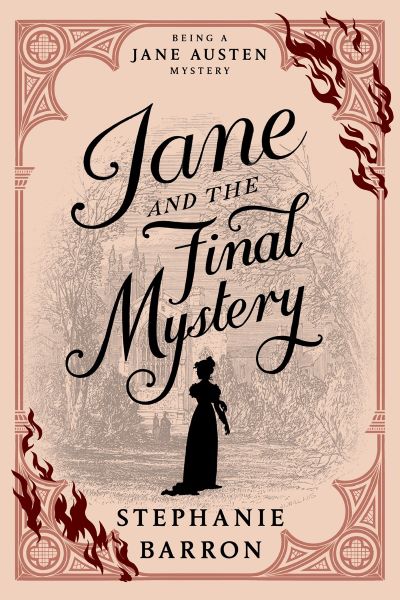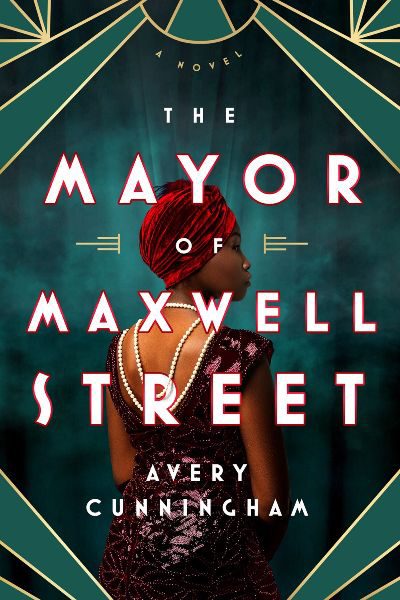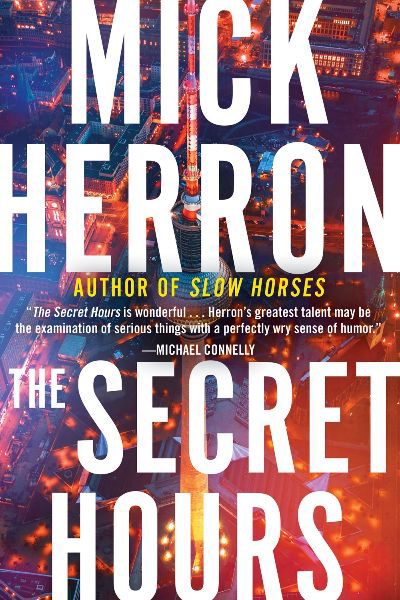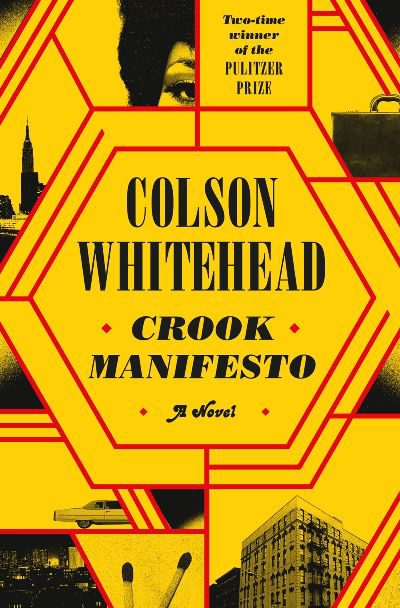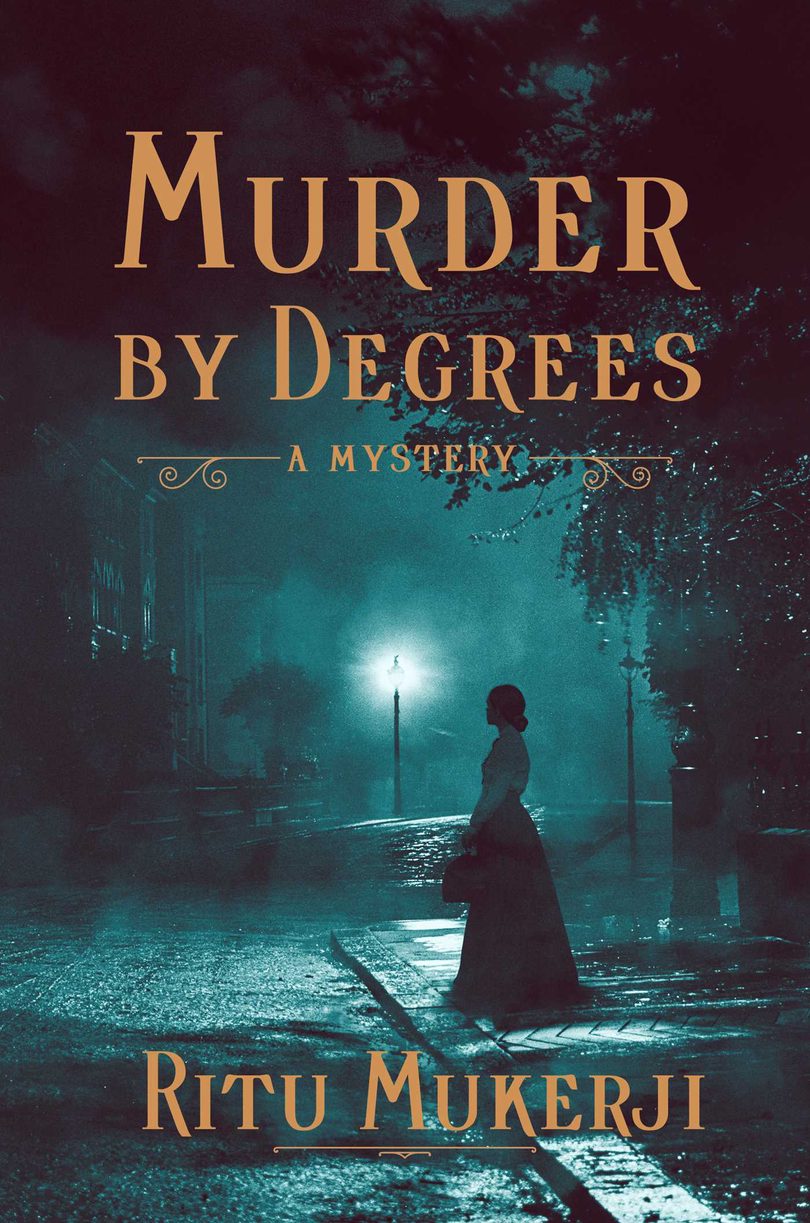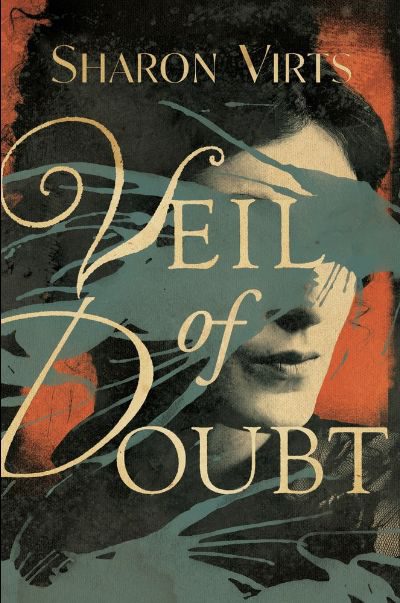In March of 1817, Jane Austen is struggling to complete her latest manuscript, The Brothers, in spite of her declining health: “I, who enjoyed a riotous constitution throughout my four decades, had felt so little like myself in the previous twelvemonth that I found it hard to remember being free of pain.” But when the 15-year-old son of her widowed friend Elizabeth Heathcote (whose brother once proposed to Jane) is accused of the drowning death of a senior classmate at the prestigious Winchester College boys’ boarding school, she summons the energy to travel to Winchester with her beloved 19-year-old nephew, Edward, to investigate. There, she learns from Elizabeth that for the past three years, William had been the “subject of relentless attacks on his spirit, his mind, and his standing in the world.” He had been especially bullied by the sadistic late Arthur Prendergast, who enjoyed hazing the younger boys. Is there a connection between Prendergast’s murder, the malicious campaign against William, and an entailed inheritance that would benefit William? Jane is determined to clear William’s name before she succumbs to her illness. Over the course of 14 books, the multitalented Barron, who also pens spy thrillers as Francine Matthews, has brilliantly combined authentic historical and biographical details with skillful plotting and a credible evocation of Austen’s wry, distinctive voice. She brings the English author’s final investigation to a poignant, unforgettable close. Fans of this historical series will not be disappointed, and kudos to Barron’s excellent double-entendre title. While the earthly crime may be solved, the final mystery is one that we all will face.
Historical
Nelly Sawyer’s father is a Kentucky horse breeder and the richest Black man in America. The family is in prohibition-era Chicago for Nelly’s coming out, when she’s expected to meet the country’s most eligible young Black men and find one to marry. She doesn’t fit in at the events, disdains the whole charade, and just wants to be alone to grieve the recent death of her brother. She’s also eager to pursue a career in journalism, not easy for a woman, let alone a Black woman who’s been raised in genteel isolation. Outside the cotillion and other events are no better, as white Chicagoans take the young woman for a servant. Nelly is soon distracted, though, when she’s surprised by potential love interests: Jay Shorey, a mysterious, beautifully dressed speakeasy manager, and the more suitable, at least in society’s view, Tomás Escalante y Roche, a Marquis who is this season’s catch. When Nelly is challenged to find and identify the dangerous Mayor of Maxwell Street to keep the newspaper job she’s threatened with losing, both men and Nelly herself are thrown into a vicious game of deceit that adds high suspense and sometimes terrible danger to the politics-laden season. An evocative and thought-provoking debut, and just look at that cover!
Can a house hold evil? Can it hold memories? Nellie Lester fears the worst when she accepts a nursing job in New Harmony, Michigan, an island town where she spent her early life. But she’s desperate to get out of the flu pandemic that hit her Chicago hospital and everywhere else, in the aftermath of the Great War. Perhaps even more compelling is her need to find out who her father was. The only remnant of the man is a photograph that might show Nellie and her parents years ago in New Harmony. Arriving, the nurse finds that Ravenwood Manor and its owner, William Thiery, hold forbidding reputations in the area—the house is haunted, they say, and William is a frightening man who cares little for his wife and the baby that Nellie is there to deliver. Then a body is found with a fatal head wound, and Nellie doesn’t accept that the death was an accident. She’s not there to be a detective, her boss is quick to point out, but the danger is mounting. Nellie must solve mysteries from the past and in the present to save herself and, she hopes, get out of New Harmony. Supernatural elements —scariest is a death portrait of a child in which the subject seems to progressively rot—add to the domestic drama and historical wrongs, creating a gothic suspense and a feisty protagonist to remember.
It’s not all Aston Martin sports cars and martinis (“shaken, not stirred”) In Herron’s (Slow Horses) spy world. The reality is more mundane and bureaucratic in post-Brexit London, where British intelligence services have been the subject of a two-year inquiry, codenamed Monochrome and launched by a vengeful, now ex-prime minister. Thanks to the best efforts of First Desk, the agencies’ top banana, the panel headed by civil servants Griselda Fleet and Malcolm Kyle has been unable to uncover any wrongdoing. But as the probe is about to be shut down, Malcolm mysteriously receives a classified file exposing a long-buried operation in post-Cold War 1994 Berlin that ended in tragedy. How does this connect to a recent botched attack on a retired “joe” in rural Devon? Herron skillfully ties the loose threads together in a satisfying, yet melancholy conclusion that reflects upon the collateral damage caused by betrayals that are the lifeblood of espionage: “The cost of heroism—of betrayal—was high; it was the same cost, seen from opposite sides. And the same cost applied, it seemed, if you were neither hero nor traitor, but simply occupied the same neighbourhood.” Billed as a standalone, this smartly written, funny, and complex thriller is a good introduction for newbies, but fans of Herron’s “Slough House” books will recognize a few crossover characters.
The brother/sister team of Boyd and Beth Morrison delivers a stellar sequel to The Lawless Land. Gerard Fox and Lady Willa are adventuring together in 1351 Italy, hoping to overcome their problematic societal pasts to marry. They stumble upon an ambush and help an older woman, Luciana, escape the attack. That act of kindness plunges them into a decade-old search for the location of the Templar treasure. It doesn’t help that Luciana’s greedy husband wants her dead and the treasure for himself. To succeed in their quest, Gerard and Willa must overcome betrayal, villainy, and deception while keeping the truth of their heritage secret. The Middle Ages comes to glorious life mixed with a plot from a Clive Cussler novel. The Last True Templar is adventure at its finest, and the pacing never slows down for a second. The story reads like the authors somehow have a time machine and are merely transcribing actual events. Readers will be anxious for the next book in the series, and hopefully a big-screen adaptation is not far behind.
Pulitzer Prize-winner Whitehead’s second Ray Carney book begins in the 1970s, when Ray’s Harlem furniture shop is firmly established. But, given the chaos that it engendered in Harlem Shuffle, his stolen-goods—sorry, “previously owned merchandise”—sideline is no longer. Readers of the previous book will find the setup turned inside out: instead of conquering Harlem, Ray has been ground down by it. He now sits precariously atop his small empire, the relentless engine that is the city seeming to churn the ground beneath his feet. Also different: this time Ray endures the relentlessness of several decades of upheaval compared to the relatively short and, in retrospect, gentle, time when he was a striving young man in the ‘60s. The neighborhood doesn’t want to let him retire his fenced-goods work and the Black Panthers and Black Liberation Army are competing for dominance, a fight Ray wants to sidestep. A crackdown on police corruption sees him dragged into worse and worse actions as his former associates get desperate. Ray’s troubles and determination mirror the fighting spirit of his neighborhood; his saga is New York City’s, with the shocking and sad tale displaying moments of hilarity alongside heartbreaking lows. Whitehead’s writing is fantastically evocative as usual, and his rebuilding of recent decades of New York City life, and of the unforgettable Ray Carney, is a treat to read.
Set in post-Civil War Philadelphia, this is historical crime fiction that goes deep into the many strata of society, from recent immigrants to medical students, from the police to the very rich. At its heart is Dr. Lydia Weston, practicing medical doctor and professor at the Women’s Medical College. When Anna Ward, a patient of Lydia’s, is found dead in the Schuylkill River, Lydia refuses to believe she died by suicide. Instead, Lydia manages to become part of the police investigation. Fortunately, Anna kept a diary, and by examining the patient’s writings and her cadaver, Lydia is able to begin to piece together some of what happened. Anna’s story takes us all over the city, displays the antipathy so many had for women doctors, and exposes the risks Lydia took to solve the murder. For readers who love to be transported to another era. Fans of Jacqueline Winspear and Victoria Thompson will love this book.
Flower does a magnificent job of opening up the world of mid-19th century Amherst, the Dickinson family, and especially young Emily, who has yet to become the eccentric recluse of her later years. In this volume, Austin and his wife have returned from their wedding trip and moved into the mansion next door to the family home, just in time to welcome their houseguests Ralph Waldo Emerson—who has come to lecture at Amherst College—and his secretary, Luther. Narrated by Emily’s maid Willa Nobel, we’re privy to all the family gossip, while Emily seeks a way to share her writing with Emerson. But the death of young Luther, who’s found in a bed of black-eyed Susans, sets Emily and Willa on a path to satisfy the great Emerson’s questions, quell the vociferous speculation, and clear the Dickinson name. This series is historical crime fiction at its best, balancing insight into the past with a fast-moving investigation into the crime.
Terrible accusations against women who lack a man to give them standing are mainstays of history and literature, and Virts’s spellbinding work brings to mind related tales by Anita Shreve, Margaret Atwood, and, of course, Nathaniel Hawthorne. Emily Lloyd is a widow and childless since her children have died; the last one, Maud, was the final straw for her Reconstruction-era Virginia neighbors. She’s now accused of killing little Maud, Annie, George, and Henry, as well as her husband and aunt. What transpires is a medical and legal drama, based on a true story, that pits affable lawyer Powell Harrison against a prosecutor and a town that hates his client. It doesn’t help that Lloyd’s uncle was an outspoken abolitionist, nor that she lives next door to two mysterious sisters, one of whom is known to take gentlemen callers. But Powell just might be able to free Emily using his wiles and openness to scientific methods of finding the truth, both of which contribute greatly to creating an excellent read.
What the world needs now is a great, queer detective, and Rosen is well on his way to creating him. The second in the series—the first was fun but also a bit idiosyncratic—this has the makings of a classic detective novel with a strong supporting cast. It’s San Francisco in 1952, and we’re back with struggling detective Andy Mills, whose home and office are above Ruby, a gay bar. Ex-navy and an ex-cop, Mills is still struggling to gain acceptance from the queer community. But along comes a case that may help him turn around his image. First one, then several people, it turns out, are being blackmailed—sex photos taken in a hotel, holes drilled through the wall—and Mills is on the case. But as with any good crime novel, the story isn’t what you first expect, and soon Andy is reunited with his Navy flame who disappeared seven years ago. Set against the queer bars of the city, the continual raids orchestrated by the police, and the foggy bay itself, this book is powerfully atmospheric. It ends leaving Andy free from the past and ready for the future. Exactly what most readers will be waiting for.

